Background
The coronoid is the most important portion of ulno-humeral articulation
Reasons
1. Provides anterior buttress
2. Anterior capsule and brachialis attach to coronoid
2. Anterior band of the MCL attaches to it
- distally and medially on sublime tubercle
Instability rises and prognosis deteriorates according to the amount of coronoid process that is fractured
Fracture patterns
Transverse
Anteromedial facet fragment
Mechanism
Most commonly associated with elbow dislocations
Anteromedial facet fractures may be caused by varus / rotational force
Regan and Morrey Classification

Type I
- usually stable
- shear fracture not avulsion fracture
- may rarely cause residual instability in elbow dislocation
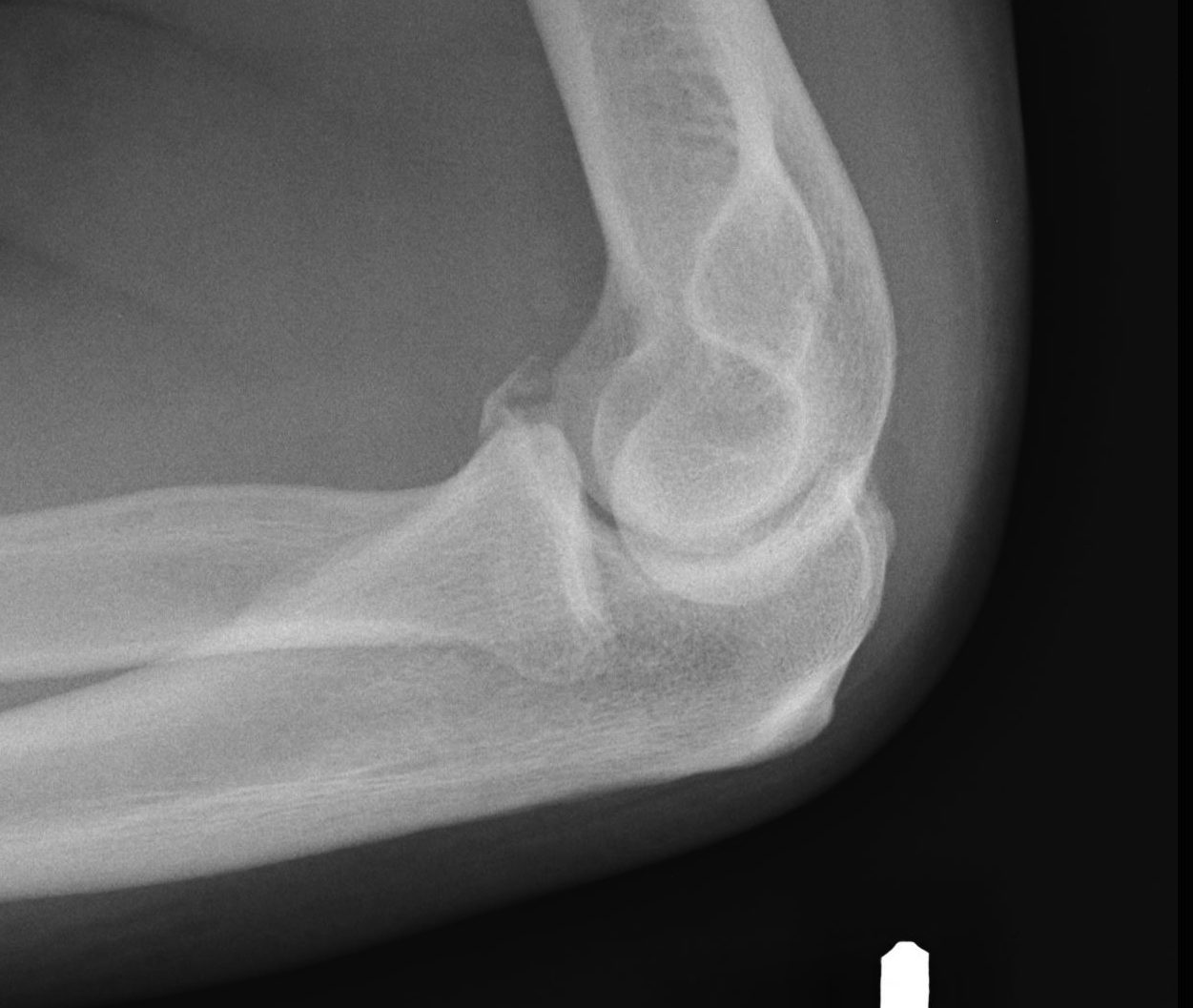
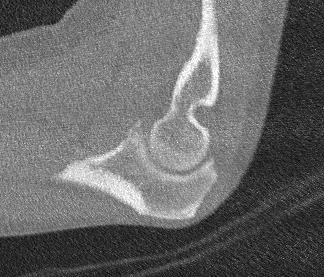
Type II
- 50% coronoid
- elbow usually unstable
- lose attachment of capsule
- ORIF screws or sutures
- any ? about stability use hinged fixator
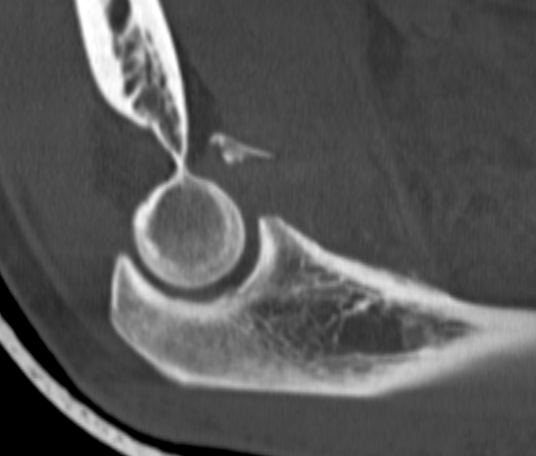
Type III
- > 50% coronoid
- Uncommon
- unstable as lose capsule +/- MCL with anteromedial fragment
- ORIF with screw / sutures / anteromedial buttress plate
- again may need hinged fixator
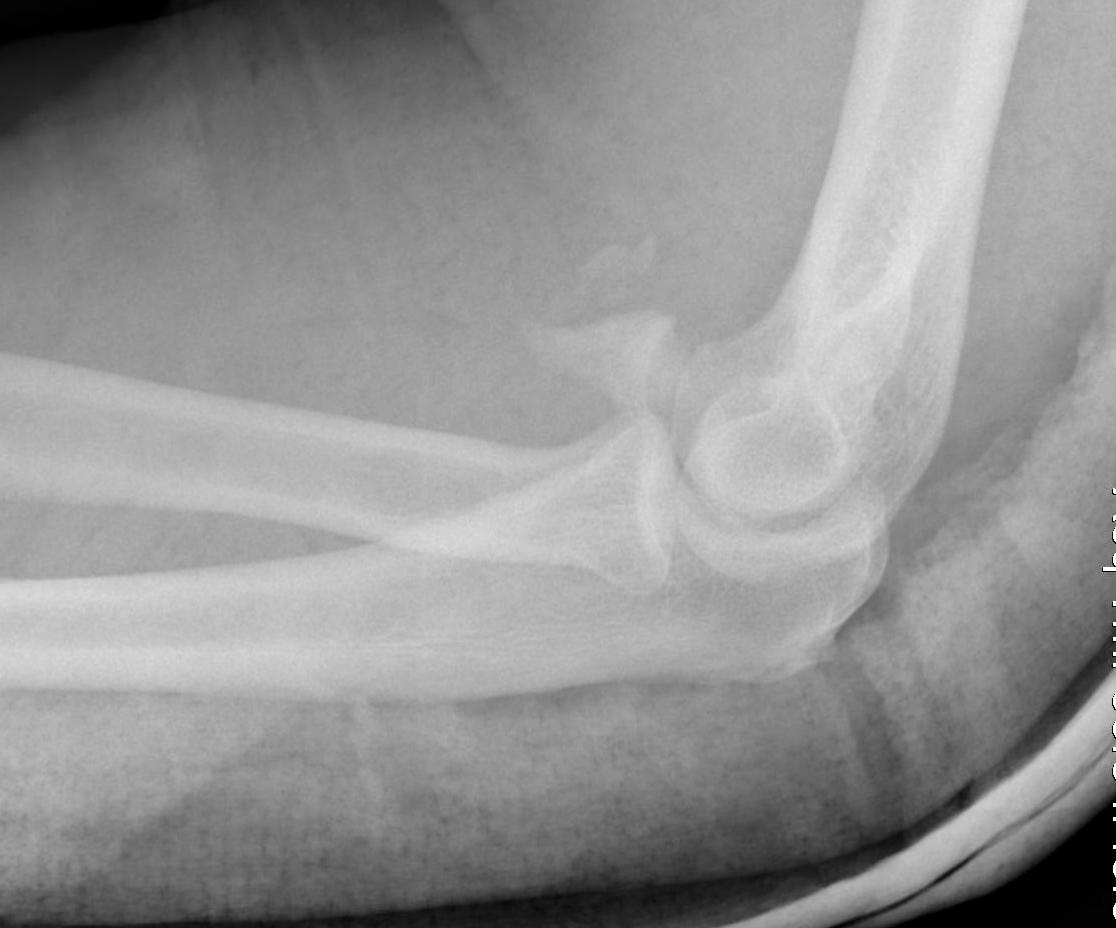

Operative Management
Surgical approach
1. Universal posterior approach
- if performing surgery for complex dislocation
- allows medial and lateral access to joint
2. Lateral approach through radial head
- if excising radial head, then replacing
3. Medial approach
- isolate and protect ulna nerve
- elevation of ulna origin of flexor pronator group anterior to FCU
- important if fracture is anteromedial
4. Approach through fractured olecranon
Options
Type 1
- capsular suture repair
Type 2 / 3
A. Screws (AP or PA)
B. Pass sutures through capsule and tie over drill holes in ulna
Anteromedial fragment
- medial approach / buttress plate
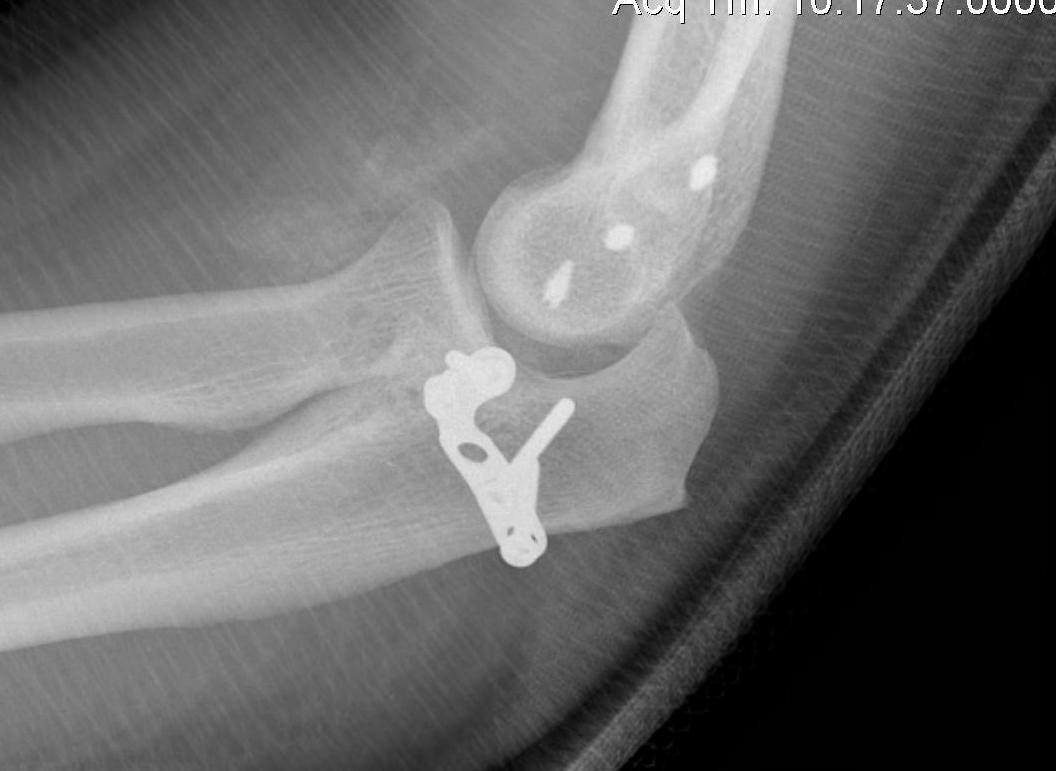
Unrepairable / unstable
- reconstruct with radial head, iliac crest, or allograft
